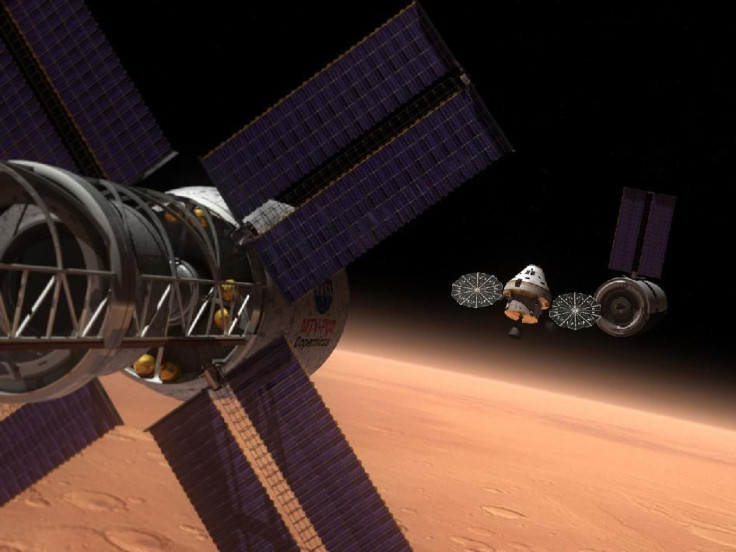NASA Nuclear Fuel Shortage Could Jeopardize Future Space Missions

Last month, NASA unveiled an ambitious plan to send a nuclear-powered robotic submarine to explore the hydrocarbon seas of Saturn's moon, Titan. However, it has now emerged that the space agency is running out of nuclear fuel to power such missions.
Plutonium-238, an isotope of the radioactive material used by NASA for its deep-space missions such as Voyager and New Horizons, and the Mars rover Curiosity, is now in short supply, according to a report by Space News. The space agency now has just enough Plutonium-238 to power three more batteries, and that is a huge problem for future deep-space missions.
The nuclear battery, which is to be used by NASA to power its spacecraft, landers and rovers where solar power is not available, is called the Multi-Mission Radioisotope Thermoelectric Generator (MMRTG). This battery works by converting heat generated during the decay of Plutonium-238 to electricity. The MMRTG uses 10.6 pounds of plutonium dioxide to produce 110 watts of electrical power when exposed to the deep space environment. NASA currently has 77 pounds of plutonium-238, of which only 37 pounds is of usable quality -- just enough to power three such batteries. And, the first of these batteries would be used to power the Mars 2020 mission.
Production of another radioisotope-powered battery, known as the Advanced Stirling Radioisotope Generator (ASRG), which is believed to be four times more efficient than past thermoelectric systems, was shut down last year after the project went over budget. NASA had reportedly been spending about $55 million a year on the development of ASRG.
Forced to ration the leftover plutonium-238, NASA has already ruled out using nuclear fuel to power the next Discovery mission, which is scheduled to be launched in 2021. The agency has also not revealed whether the MMTRG would be used to power the next New Frontiers mission.
© Copyright IBTimes 2025. All rights reserved.






















